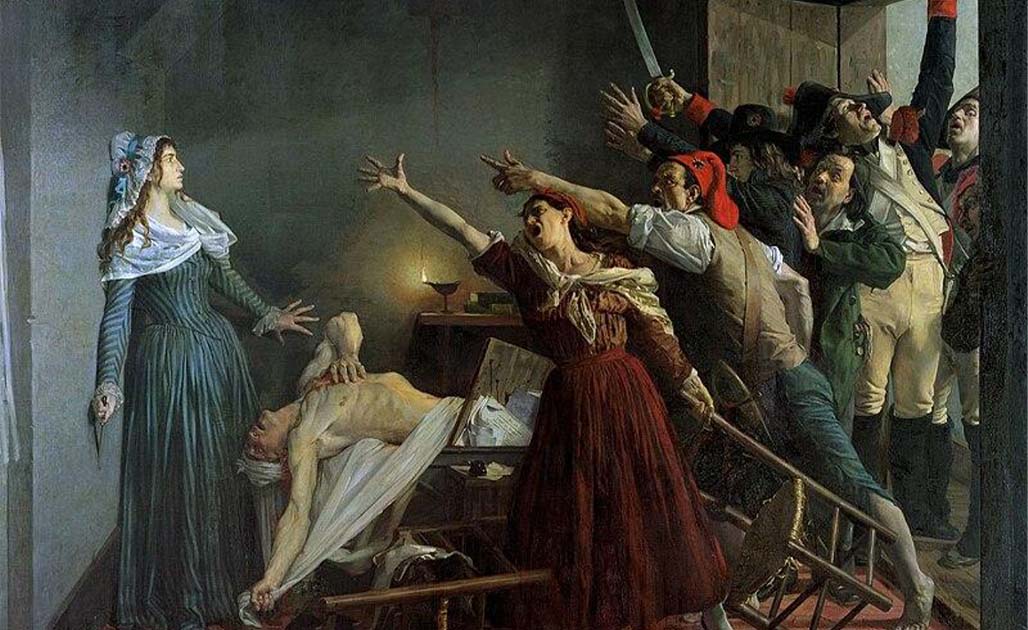Why are people so shocked when women commit violent crimes? Before and during the Victorian era women were regarded as paragons of virtue who would never stoop to commit crime, or they were considered too ‘feeble-minded’ to execute a crime. Those who did were regarded as exceptions to the rule and punished – or not – according to their social status. This mentality unfortunately persists in certain substrata of society today, but luckily no longer in our court rooms.
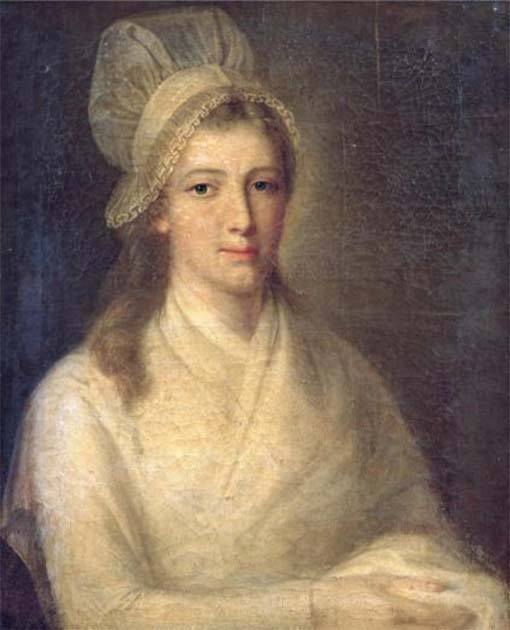
Charlotte Corday, despite being born into the aristocracy aligned herself with the ideals of the Girondins during the French Revolution, in opposition to the philosophy of the Jacobins. Believing Jean Paul Marat, a leading Jacobin and owner of an influential French newspaper, to be responsible for the September 1792 Massacres, Charlotte disguised herself as a journalist and secured an interview with Marat while he was having a medicinal bath. She stabbed the vulnerable man to death in his bath. At the age of 25, she had masterminded and executed an assassination plot on one of the leaders of the French Revolution.
Four days after Marat was killed, Charlotte Corday was executed by the guillotine in the Place de Grève wearing the red overblouse denoting a condemned traitor who had assassinated a representative of the people. Yet despite being hanged as an assassin, Jacobin leaders had her body autopsied immediately after her death to determine if she was a virgin, for they believed there was a man sharing her bed who was behind the assassination plans, for a woman could not conjure such a clever plot. To their dismay, she was a virgin – and a clever one at that.
Women were admonished to leave the home as little as possible. Local women were even arrested as suspected prostitutes if they were found walking in areas frequented by prostitutes at night. They were punished for not being at home, where they were traditionally supposed to be. Women were therefor kept indoors so to say, to protect them from immoral influences. At the same time, being “kept indoors” also prevented them from being exposed to situations, which could awaken the temptation to commit crime. This disposition supposes that committing crime is attributed to external influences and any internal inclination towards crime is negated. Confined to their homes, deprived of exercise and restrained by their attire, they lacked mobility and the physical strength to commit physical crimes.
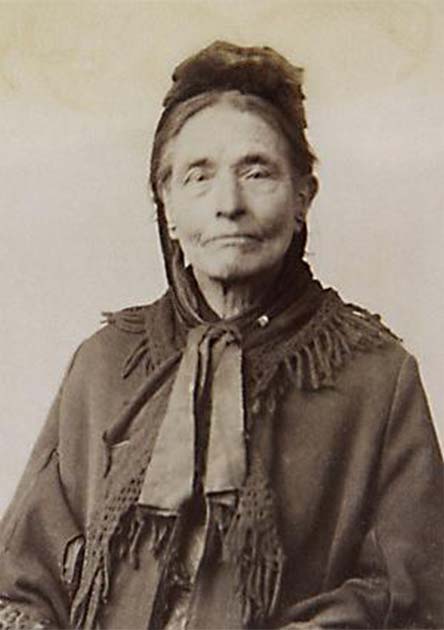
An example of a Victorian woman, who was not confined to a home and “fell by the wayside” due to unfortunate circumstances was Jane Cakebread, who has the dubious honor of the notorious reputation for being the ‘most drunken woman in the world”.
Matching Queen Victoria in the number of times one woman was mentioned in the British newspapers, Jane was reported to have appeared in court no less than 277 times on charges of drunken and disorderly behaviour.
As a young woman, Jane is said to have been “clearly intelligent and articulate” with “a capital memory” for certain parts of the Bible, so she was certainly not feeble-minded. Up to the age of around 30, Jane was in domestic employ. Her downfall was an inheritance of 100 pounds from an employer, which she squandered and thereafter for the next 30 years, Jane found herself revolving from the streets – to court, and to prison. Jane reveled in the attention of her court appearances and would often taunt the police to arrest her, so she could have her day in court, much to the amusement of the attendees and sometimes the magistrate. Eventually in 1896, Jane was admitted to the Claybury Asylum, for at this stage she was suffering from delusions of grandeur.
Jane Cakebread died at the asylum on 17 December 1898 of heart failure, edema and cirrhosis of the liver and kidneys, but her life was not in vain for her case study led to the Inebriates Act of 1898 which called for inebriates to be sent to reformatories rather than prison. The Act was mainly focused on women, since they represented more than 90 percent of the people sent to reformatories for drunkenness.
Was the judicial system more lenient towards women ? The British Medical Journal at the time highlighted an incident where Jane was jailed for a month for disturbing the peace on the very same day that she had been released from a month’s imprisonment, to support calls for “the involuntary internment of inebriates” in order to “protect the community and the wretched victims themselves from the domination of a disease which so effaces womanhood.” It seems unacceptable to Victorian society that women – the paragons of virtue – could be alcoholics and they had to be saved from themselves.
Despite being inebriated, Jane was very set upon her appearance, often enhancing it with lace and ribbons. Appearance and attire played an important role in Victorian society. Women were supposed to look and act femininely. They had to reflect cleanliness, which was next to godliness, and this applied not only to their own appearance, but also to the households they kept. If these aspects were neglected, they would forfeit their reputations.
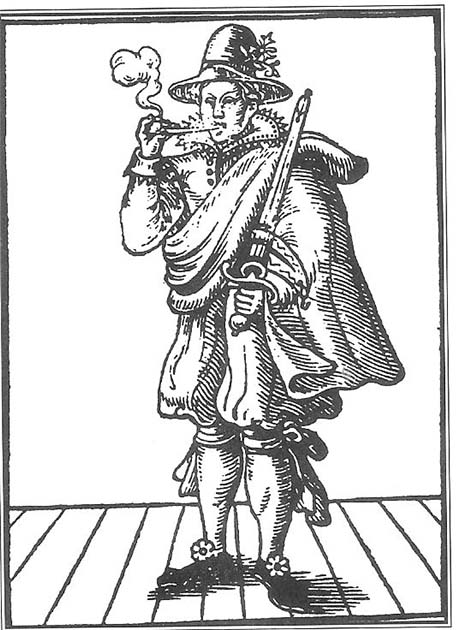
A century before Jane Cakebread, Mary Frith, better known as Moll Cutpurse defied convention when in her twenties she dressed in men’s clothing as a street and tavern performer, but before that her family regarded her behaviour as so unfeminine that they tricked her onto a ship bound for the America’s. A resourceful Mary managed to get herself back to shore and joined a London gang of notorious pickpockerters. Mary was arrested in April 1611 and was sent to Bridewell correction house for a few months, as a result of a lewd performance, dressed in men’s attire. She was rearrested in January 1612, and confessed to flaunting her male attire, blaspheming and swearing, being a drunkard, and keeping lewd and dissolute company, including cutpurses, but she refused to admit to being a prostitute. Prostitutes at that time would dress as men to escape being detected. Mary’s punishment was to make penance at St. Paul’s Cross where she appeared as weeping and remorseful, until it was discovered that she was “maudlin drunck.”
Mary’s business sense blossomed when she graduated from being a pickpocket to owning a fleece house where stolen goods were received and sold. In another calculated move she realized she could elevate her status as a married woman, so she entered into a marriage of convenience and she was able to defeat legal suits against her under her maiden name by arguing that she had a husband.
Mary’s financial acumen increased when she turned her house into a brothel which catered for middleclass women who wanted male lovers.
Mary Frith defied societal hypocrisy and challenged the moral codes of her day and was deemed insane and committed to Bethlem Hospital in 1644. After her release and being ‘cured’ of insanity she resumed her activities. She died of dropsy on 26 July 1659 on Fleet Street in London. Mary Frith was clearly intelligent and a shrewd businesswoman. She was definitely not a feeble-minded maiden. Nor was she sexually perverted.
Historically female criminality was linked to sexual perversion. Both were regarded as influences over which the “poor creature” had no control, or “did not know better of”. No internal capacity or self-agency was recognized in either case. Criminality and sexuality were attributed to the lower classes, who “did not know better” and it was supposedly up to the refined ladies of the middle and upper classes to rectify this situation with their pious charity and upliftment work. During the Victorian era, should a woman of the lower classes offend, her actions were attributed to her depraved circumstances. She was sent to prison, to become a convenient vehicle for middle and upper class ladies’ philanthropic charity work.
The majority of “feeble-minded” convicts were women. The benchmark for feeble-mindedness was a woman’s degree of self-control and her moral conduct. Feeble-mindedness therefor became a convenient excuse for criminality (and overt sexuality) and thus the Victorians protected their moral view of women as elevated creatures.
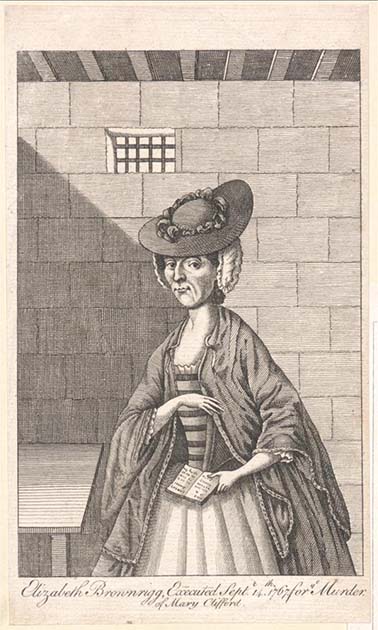
Elizabeth Brownrigg is a case in point as to how a murderess was treated when she was of the working class. In the mid-1700’s Elizabeth, married to a plumber, was acknowledged as a competent midwife. As a result of her work, Saint Dunstan’s Parish appointed her overseer of women and children, and she was given custody of several teenagers to be trained as domestic servants from the London Foundling Hospital. Elizabeth’s idea of training was to strip her young charges naked, chain them to wooden beams and then whip them severely with switches, bullwhip handles and other implements for the slightest infraction of her rules. Unfortunate 14-year old Mary Clifford was treated like a sex slave, as she was kept naked all the time and when she tried to steal food, she was strung from a wooden beam and beaten for a full day. Her untreated wounds finally led to her death and Elizabeth Brownrigg was charged with murder. On her way to her execution, crowds spat on her and prayed for her damnation. Elizabeth Brownwrigg committed the same crime of torturing and killing young women, as some noble counterparts of that century, but due to her working class status, she was deemed a traitor to her femininity.
It is surprising that despite the industrial revolution, the world wars, the sixties and feminism, the Victorian legacy to either condemn women more harshly than men from a moralistic point of view, or to show leniency due to a misplaced overly sympathetic point of view towards the ‘gentler sex’ – prevail in some sub-strata of society today.
It is high time for society to move away from excusing women’s crimes due to “feeble-mindedness” (not negating legitimate serious mental illness pleas), or due to poverty and circumstances beyond their control. It is high time that current society recognizes that some women are quite capable of committing violent crimes because they want to. Mostly it is a deliberate decision, a cognitive choice.
Top image: Assassination of Marat (1880) by Jean-Joseph Weerts (Public Domain)
